Description
0.18mm Copper Jewellery Wire
The Crazy Wire Company are best know as suppliers of top-quality copper jewellery wire in many thicknesses. We have enormous stock levels at all times, as we use this wire to weave our woven mesh products.
0.18mm copper jewellery wire refers to a thin copper wire that has a diameter of 0.18 millimetres and is used for making jewellery. It is often made of soft, malleable copper that can be easily bent and shaped to create different designs. Copper wire is a popular material for jewellery making due to its affordability, versatility, and attractive reddish-brown colour.
Key product details:
- 99.9% Copper with the 0.01% being made up of trace elements.
- Assay – =99.9%
- Form – wire
- Resistivity – 1.673 µO-cm, 20°C
- Diam. – Various
- bp – 2567 °C(lit.)
- mp – 1083.4 °C(lit.)
- Density – 8.94 g/mL at 25 °C(lit.)
Other Available Copper Options
- 0.15mm – 35 AWG
- 0.18mm – 35 AWG
- 0.2mm – 32 AWG
- 0.25mm – 30 AWG
- 0.3mm – 29 AWG
- 0.35mm – 27 AWG
- 0.4mm – 26 AWG
- 0.5mm – 24 AWG
- 0.6mm – 22 AWG
- 0.7mm – 21 AWG
- 0.8mm – 20 AWG
- 0.9mm – 19 AWG
- 1mm – 18 AWG
- 20mm x 25mm Copper Adhesive Strip
- 30mm x 25mm Copper Adhesive Strip
Why Use The Crazy Wire Company
- Quality of products: The Crazy Wire Company always offer high-quality products that meet industry standards and customer expectations.
- Selection: We offer a wide variety of wire products and sizes to meet the diverse needs of our customers. We have more than 600 products available through our site and counting.
- Price: We always offer the best value possible. Our wires are available as part of our major weaving processes, so it is bought at the best possible rate.
- Availability: Our products are kept in house and are ready to ship immediately.
- Customer service: Our experienced staff help our customers feel confident in their purchases and provide assistance when required.
What Else Is Available?
We do not only offer copper round wire. We also have a huge range of KA1 and stainless steel round wire in stock at all times.
Ribbon wire and flat wire are stocked for immediate dispatch too.
FAQs About Copper Wire
What Tools Are Needed For Jewellery Crafting?
There are various tools and equipment needed for jewellery crafting, depending on the specific technique and materials used. Some of the most common tools and their uses include:
- Pliers: Used for bending, shaping, and holding wire and metal components. Common types of pliers used in jewellery making include round-nose pliers, chain-nose pliers, flat-nose pliers, and wire cutters.
- Beading needles: Thin and long needles used for stringing beads and pearls.
- Beading thread: Strong and durable thread used for beading, such as nylon, silk, and polyester.
- Wire: Thin and malleable wire used for wire wrapping, weaving, and forming.
- Jeweller’s saw: A thin saw used for cutting metal sheet and wire.
- Soldering tools: Used for fusing metal components together, including a soldering iron, flux, solder wire, and a torch.
- Hammers and mallets: Used for texturing, shaping, and flattening metal components.
- Mandrels: A tool used for shaping and sizing rings and other metal components.
- Files and sandpapers: Used for smoothing and refining rough edges and surfaces of metal components.
- Measuring tools: Including a ruler, calliper, and gauge, used for measuring and marking metal components accurately.
Does A Solid Wire Carry More Current?
In general, a solid copper wire can carry more current than a stranded copper wire of the same diameter because it has a larger cross-sectional area for conducting electricity. A solid wire is a single, continuous wire with no gaps or spaces, while a stranded wire is composed of multiple smaller wires twisted together to form a larger conductor. The individual strands in a stranded wire can occupy space that would otherwise be filled with copper in a solid wire, which can reduce the wire’s cross-sectional area and its ability to carry current. However, the specific current-carrying capacity of a wire depends on various factors, such as the wire material, temperature, length, insulation, and application requirements.
Does Copper Wire Tarnish?
Yes, copper wire can tarnish over time. When copper is exposed to air and moisture, it can undergo a chemical reaction that forms a layer of copper oxide on its surface, which appears as a dark brown or greenish coating. This layer of tarnish can decrease the electrical conductivity of the copper wire and may affect its appearance, especially in decorative applications. However, copper tarnish is a superficial layer that can be removed using various cleaning methods, such as using an acidic solution, a commercial copper cleaner, or a mixture of salt, vinegar, and flour.
How Do I Join Copper Wire?
There are several methods for joining copper wires, including:
- Twisting: Twist the exposed ends of the wires together, making sure they are tightly intertwined.
- Soldering: Heat the wires and apply solder to the joint, which melts and flows between the wires, creating a strong bond.
- Wire nuts: Place the exposed ends of the wires into a plastic wire nut and twist it clockwise until it is tight.
- Crimping: Use a crimping tool to crimp a metal connector onto the exposed ends of the wires.
- Terminal blocks: Insert the exposed ends of the wires into a terminal block and tighten the screws to secure them in place.
Check out our blog ‘what you need to know about: pure copper wire’ for more information on copper wire in general. Our goal for our blogs and help guides is to answer as many questions as possible to help to explain the possibilities of mesh to our customers.
We also offer similar products through our highly popular eBay store, check us out there too.
Contact our team today if you have any questions at all. We are always really keen to help in any way that we can.

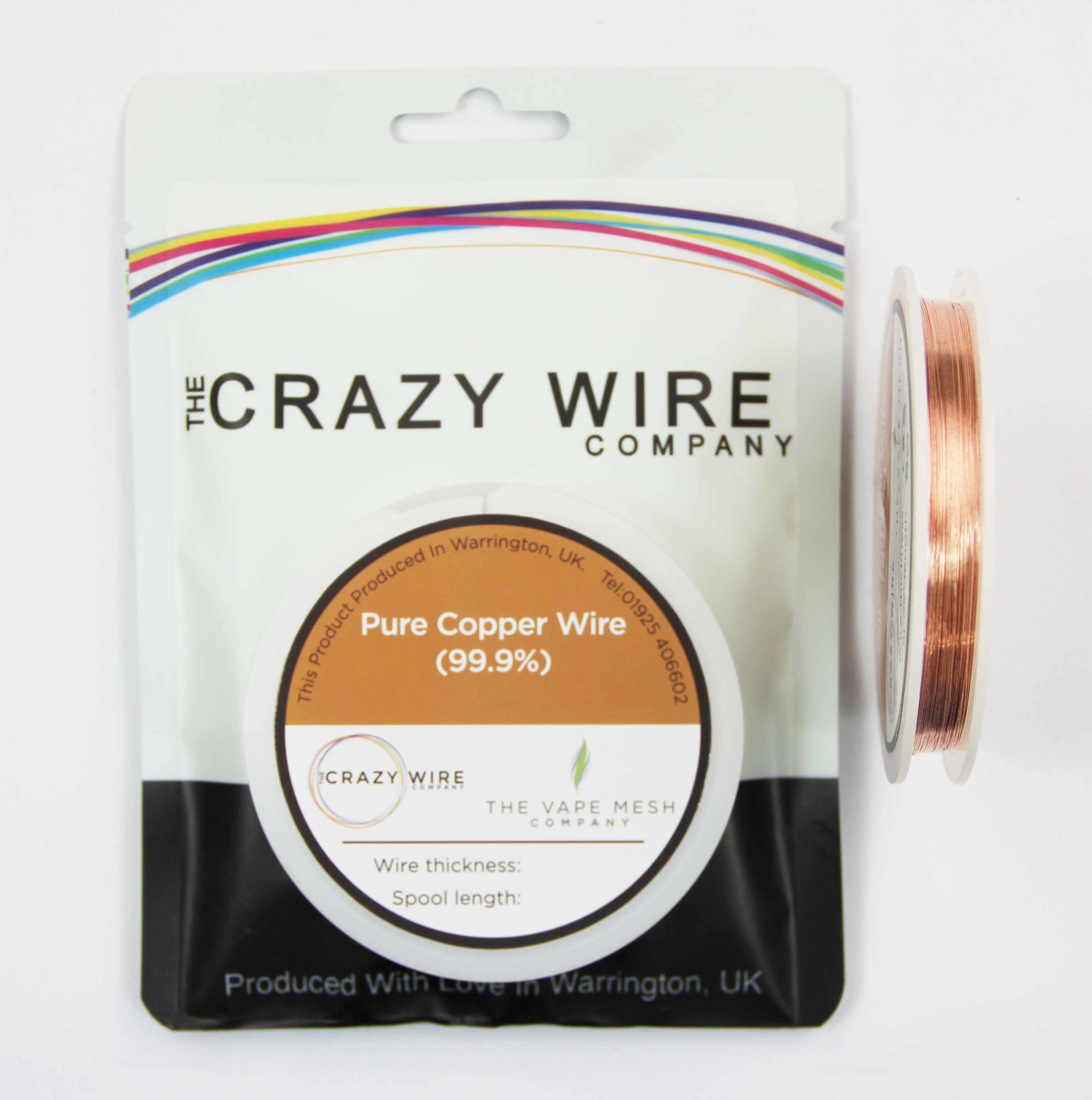


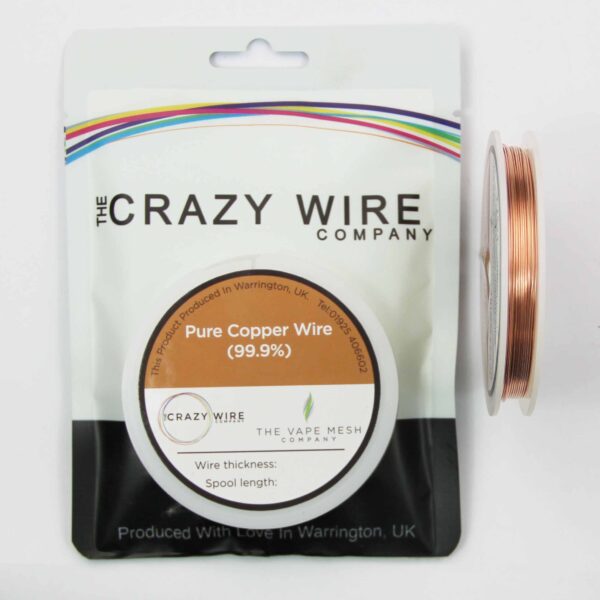
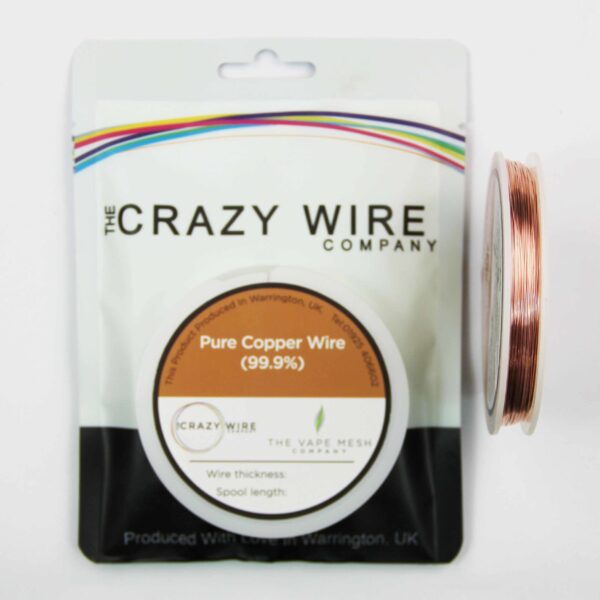
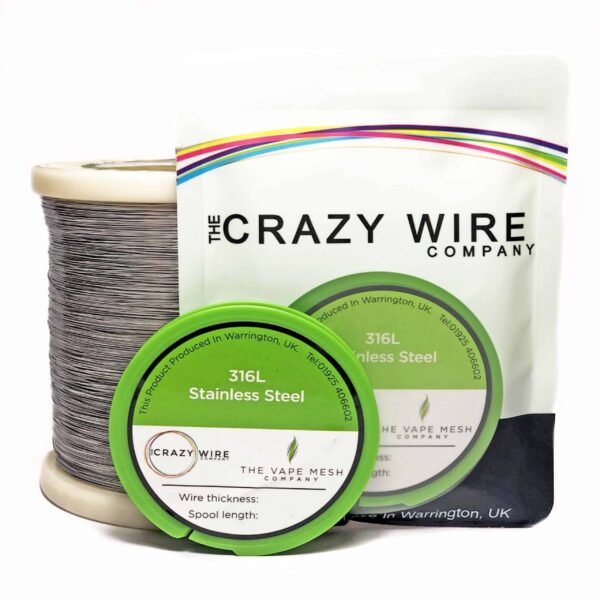
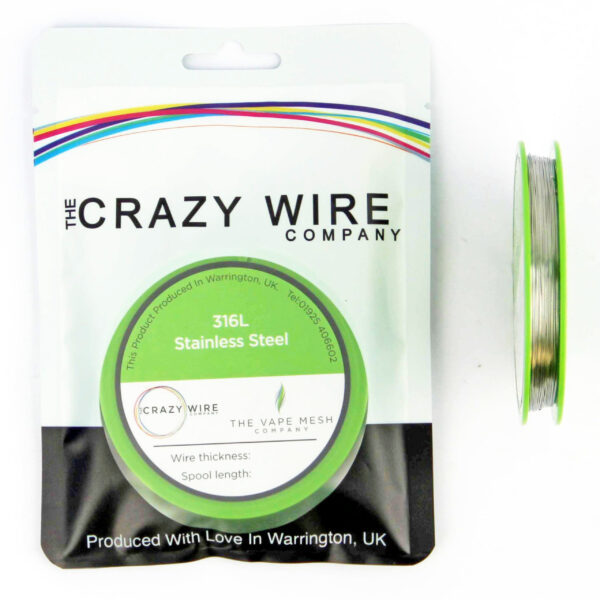
Reviews
There are no reviews yet.